As a life-long student of film-making/cinematography, I’m always looking for new ways to improve my craft as well as better my understanding of the cinema. The most practical approach is of course to head out there and actually shoot films; but in addition to that scholarly work is equally important, which is why a good book on film-making is always appreciated.
This 2nd edition of Gustavo Mercado’s The Filmmaker’s Eye: Learning (and Breaking) the Rules of Cinematic Composition is an improved version of the same book that I reviewed back in 2012. Containing well over a hundred full-color case studies, this new edition was expanded to include brand-new shot types, and was completely updated to reflect developments in filmmaking technology and practices, including the DSLR revolution, the advent of mirrorless and compact cinema cameras, improvements in CMOS sensor performance, the introduction of 4K and higher video resolutions, and drone cinematography.
This book is essential reading for anyone with an interest in motion media and cinematic storytelling, including independent filmmakers, directors, producers, cinematographers, editors, as well as those studying filmmaking, media aesthetics, and film studies.


The first section of the book steps you through some much needed technical concepts and principles, fundamentals that any budding cinematographer/photographer should have a firm grasp on including aspect ratios, shooting formats, depth cues, Rule of Thirds ( pictured above ), and more.



After that it’s a no nonsense, comprehensive study of the various camera compositions actively used in productions, like close ups, medium shots, long shots, establishing shot, canted shot, tilt shot and more. A total of 29 different shot types and dynamics are discussed, deconstructed and studied in detail.







The book employs examples from highly acclaimed motion picture films to illustrate the shot types – this not only lent an immediate sense of relevance to the techniques cited because they are actively been used by filmmakers to create successful and highly engaging visuals, but also serve as a platform for readers to expand their cinematic vocabulary by checking out the works of these great filmmakers.






( image above ) I also love these “breaking the rules” articles – citing examples from filmmakers who, having mastered the very techniques discussed, bent the rules to create unique composition that enhances the visual resonance of the film. There’s more than a lesson or two that can be learned here.



I found the book educational and inspiring at the same time, a handy reference for budding filmmakers or those who wish to acquire a deeper understanding of cinematic vocabulary. This new edition improves upon an already excellent book and comes highly recommended.
I want to thank the author of the book Gustavo Mercado for generously sending me this copy for review. I also highly recommend his other publication The Filmmaker’s Eye : The Language of the Lens (2021).
“The Filmmaker’s Eye: Learning (and Breaking) the Rules of Cinematic Composition” details :
– Dimensions – 9 x 0.75 x 8.75 inches
– Soft cover, 244 pages
– Full color

Buy From Amazon CA | Amazon JP | Amazon UK | Amazon FR | Amazon IT | Amazon DE | Amazon ES
You might also be interested in these items :
33



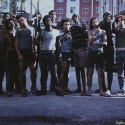 Cinematography Book Review III – The Filmmaker’s Eye
Cinematography Book Review III – The Filmmaker’s Eye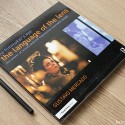 The Filmmaker’s Eye : The Language of the Lens Book Review
The Filmmaker’s Eye : The Language of the Lens Book Review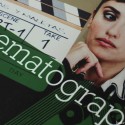 Cinematography Book Review II – Film Craft : Cinematography
Cinematography Book Review II – Film Craft : Cinematography Cinematography Book Review I – New Cinematographers
Cinematography Book Review I – New Cinematographers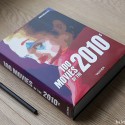 100 Movies of the 2010s Book Review
100 Movies of the 2010s Book Review





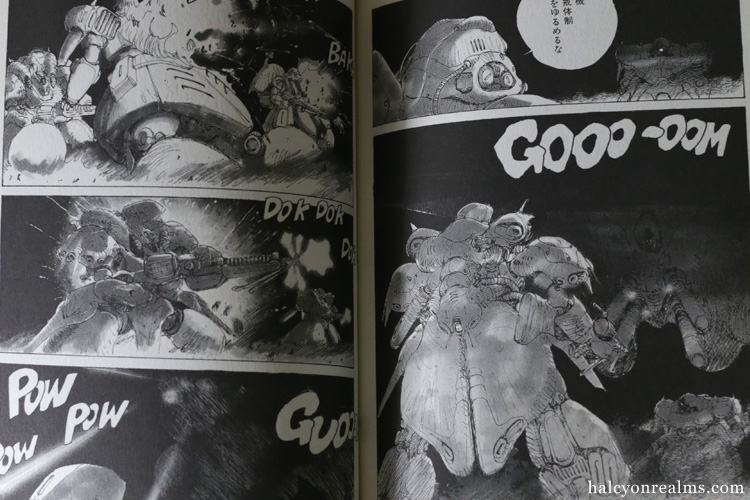
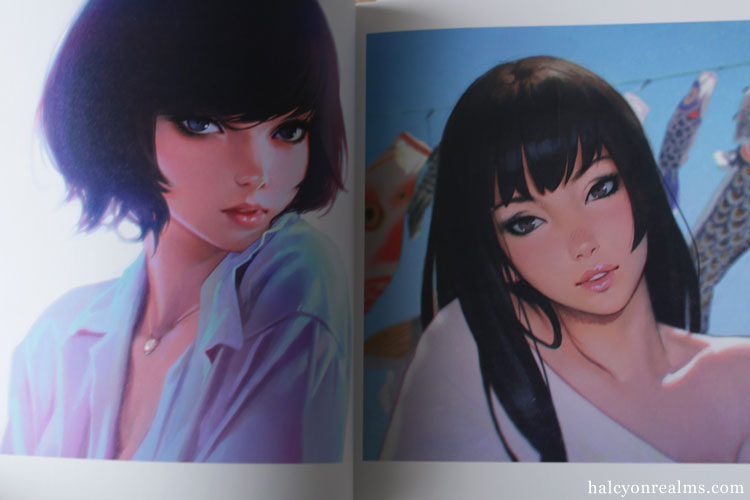

December 6th, 2022 at 7:28 am
Oooh, very cool. I have the old one, because awhile back I was trying to find books on cinematography, that wrote about the basics of the visual language, without necessarily too much info about the cameras. (I wanted to learn about cinematography from a purely visual language perspective to aid in my understanding of how to storyboard for animation) Bruce Block’s The Visual Story is another good one for that.
By the way, the email updates still aren’t working for me. Have you made any progress on the issue?
December 8th, 2022 at 3:55 am
Coffee – Thanks for the rec on BRuce Block’s book, I’ll check it out ! Sorry about the missing email updates, I’ve been too busy with work to look into it yet. Definitely on my to-do list !
March 26th, 2023 at 3:43 am
Is this edition and the first edition pretty much the same with updated images? Which edition do you recommend? Thank you.
March 27th, 2023 at 3:55 pm
Mia – Definitely the new edition, it has added material so it is more comprehensive and updated.